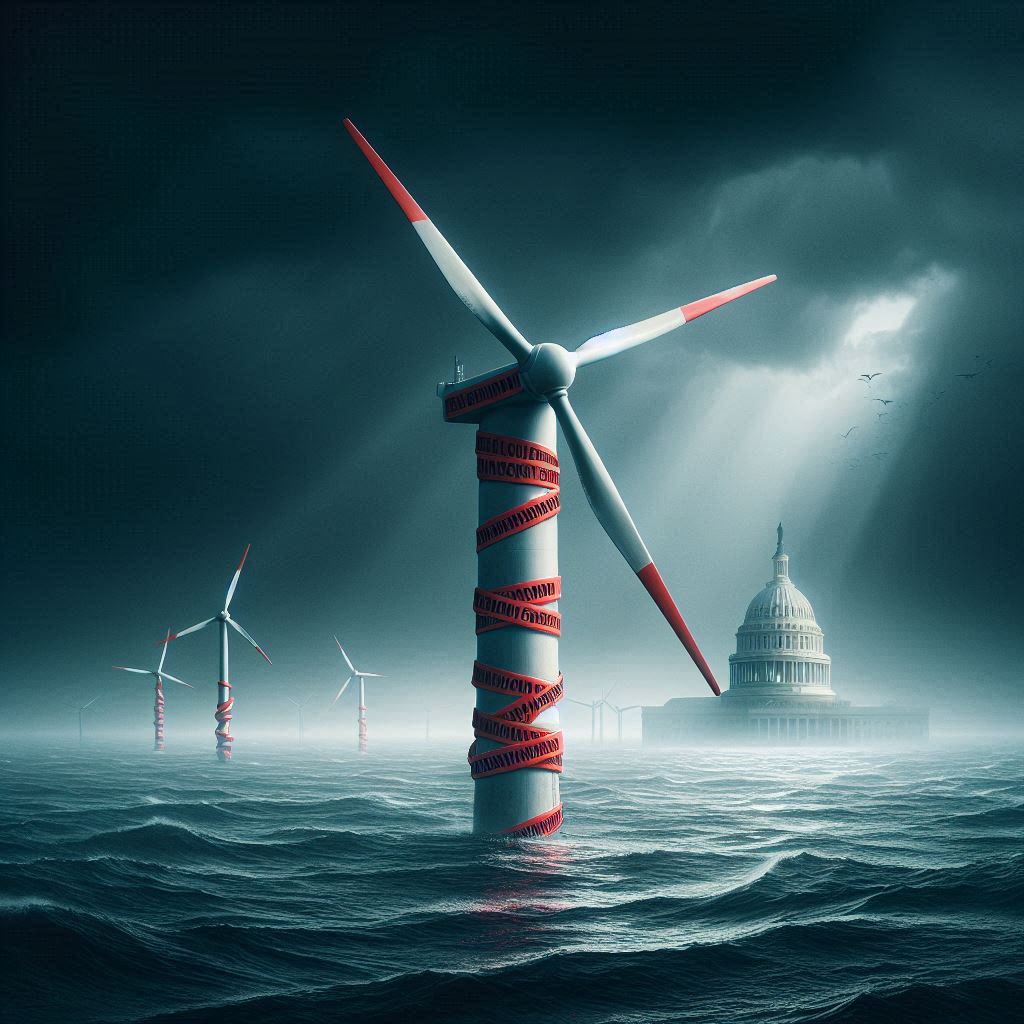States Sue Trump Over Wind Energy Ban
Seventeen U.S. states, led by New York, California, and Illinois, have filed a lawsuit against the Trump administration to block enforcement of a new presidential memorandum halting approvals for offshore wind energy projects. The states argue the move is unconstitutional and undermines billions of dollars in clean energy investments already underway.
The memorandum, issued earlier this year, places an indefinite freeze on federal permits for wind energy infrastructure, citing national security concerns and the need to evaluate environmental risks. Critics, however, call it a thinly veiled attempt to appease fossil fuel interests and dismantle climate policies enacted under previous administrations.
In their legal complaint filed in the U.S. District Court for the District of Columbia, the states claim the directive exceeds the president’s authority under existing energy laws and violates the Administrative Procedure Act. They also argue it interferes with states’ rights to manage their own energy transitions and infrastructure development.
New York Attorney General Letitia James stated, “This ban is arbitrary, capricious, and politically motivated. It threatens jobs, climate progress, and billions in investments that have already been committed to clean energy.”
The lawsuit points out that the offshore wind industry supports more than 80,000 jobs across the East Coast and has drawn over $20 billion in public and private funding. The legal brief details how multiple projects—some in final construction stages—are now stalled, causing financial harm and risking energy supply commitments.
Legal experts suggest the states may have a strong case, particularly if the court finds that the executive order fails to follow required environmental review procedures or lacks statutory support. Several previous court rulings have curbed overreach when agencies or the executive branch attempted to halt congressionally approved energy initiatives.
The White House has defended the memorandum, citing the need for “a full reassessment of offshore energy policies in the interest of national security and energy independence.” But plaintiffs argue there is no evidence supporting the claim that wind infrastructure poses any such risk, and that offshore oil and gas projects remain unaffected under the same review.
Environmental groups and labor unions have filed amicus briefs in support of the lawsuit, citing job losses and setbacks to state-level climate targets. Meanwhile, business leaders warn that regulatory instability could chill future investment in American energy innovation.
If the states succeed, the case could establish new limits on the executive branch’s power to delay or derail federally approved energy programs. If they fail, future administrations may be emboldened to override clean energy expansion through executive action alone.
The court is expected to hear initial arguments later this summer. For now, the legal challenge represents a high-stakes battle over the future of wind energy and the broader clash between federal power and state-driven climate action.



